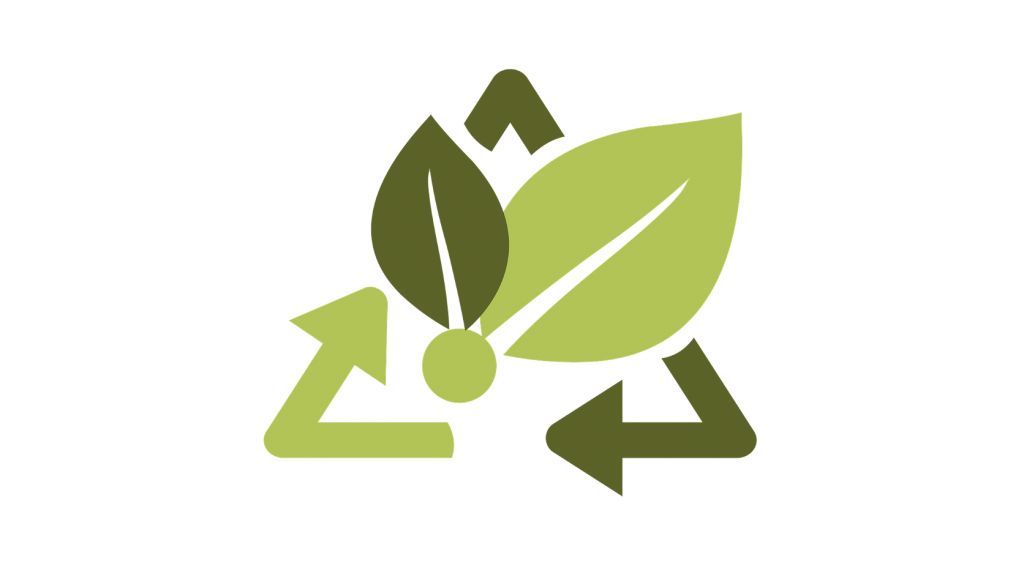
Greenwashing and the abuse of terminology like “sustainable” have resulted in negative headlines for numerous businesses. In Denmark, such situations also result in hefty fines. Danish Crown (Europe’s largest pig producer) was summoned to court on June 4th, 2021, by a group of green climate activists. Since the fall, the Danish Crown has been waging a campaign to promote “climate-controlled” and “more climate-friendly than you believe” branding on pig products. According to climate activist organizations, the ad is accused of greenwashing a product that should not be called environment-friendly.
The Danish Consumer Ombudsman presented a series of court cases just before the new year as part of a new ‘short guide’ for businesses on how to deal with environmental marketing. He has advised corporations that any promises about sustainability must be backed up by facts from a lifecycle study.
Given the current controversy about the usage and use of life-cycle assessment (s) in the fashion industry, this throws up a potentially big bag of worms, especially for apparel businesses. When making sustainability claims, the Danish Ombudsman believes that health, social, and ethical aspects must be taken into account, and admits that it is “extremely difficult to name a product, etc. sustainable without being deceptive.”
According to the new criteria, organizations must be able to prove their marketing assertions. ‘As a result, the Consumer Ombudsman advises firms to be as precise as possible when stating how a product shines,’ they write. “It is deceptive marketing if a product does not conform to the marketing.” The recommendations give several examples of when “writing favorably about a product’s environmental impact without having necessary proof” may be a breach of Denmark’s Marketing Act.
KEY PRINCIPLES
There are a few overarching elements that the Consumer Ombudsman emphasizes in the new guidance:
- As with other marketing statements, environmentally focused ones must be correct as well as both clearly phrased (so as to avoid consumers getting the wrong picture) and not omitting any important information.
- When speaking about actual circumstances you must be able to evidence what you say, and your statements must be supported by independent experts.
- You must apply the methodology of a full life-cycle analysis as support of general statements about being environmentally friendly.
THE NEED FOR REGULATION: SUSTAINABLE & ECO-FRIENDLY

The environmental and societal effect of the things that customers buy nowadays has a big impact on their shopping decisions. The proliferation of certification labels, some of which are backed by official standards and laws and others that are not, complicates this product purchase choice. Because of this variation in labeling dependability, labeling is no longer straightforward or obvious for customers. Furthermore, many labels are not just misleading, but often purposely dishonest in order to conceal the negative environmental characteristics of a product. Something is fundamentally wrong, and we need to talk about how certification labeling might assist push sustainable purchasing to the next level while also addressing (some of) the reasons for greenwashing.
The Consumer Ombudsman’s starting premise is that when consumers read a generic “eco-friendly” remark about a product, they are likely to think that it has no negative environmental consequences. This, however, is not always the case. Such comments will be deceptive if they are not verified, and the other side of the coin is that the requirements for demonstrating that you are genuinely eco-friendly are rigorous.
It must be in the form of a “real” cradle to grave life-cycle study validated by impartial specialists, not just any proof. It helps if you have permission to use an official label for the product since this allows you to utilize words like “less harmful to the environment,” “more eco-friendly,” and so on.
The Consumer Ombudsman further adds the following four conditions for phrasing the positive impact:
- It cannot be marginal in nature.
- It cannot be created through a process that harms the environment.
- It cannot be weighed down by climate-damaging features, preventing, for example, products from polluting sectors from being marketed as eco-friendly.
- It cannot be a common feature of similar products.
There are a few things to keep in mind for firms. First, if a product just meets climate or environmental criteria, this cannot be promoted as a unique characteristic. Second, statements must be updated on a regular basis if, for example, technical advancements or changes in legislation render the statement no longer factual and fair. Special rules may also apply to the marketing of specific items or to certain consumer groups.
SUSTAINIIBILITY AND THE FUTURE

Because it is simple to claim that you are acting sustainably, sustainability is one of the most regularly utilized concepts in greenwashing activities. The Danish Consumer Ombudsman defines sustainability as “growth that meets the requirements of the present without jeopardizing future generations’ ability to satisfy their own needs,” based on the Brundtland study “Our Common Future” from 1987.
But what about green and ethical clothing? Apparel is after all one of the biggest industries which face eco-friendly production issues. Many brands, in fact, have stepped into sustainable and green clothing, but are they truly doing it as well? Citing an example here. At least some organic cotton, recycled polyester, or Tencel is used in each garment in H&M’s Conscious collection. H&M may appear to be environmentally friendly when combined with the brand’s in-store clothes recycling programmes, but these initiatives aren’t representative of the company as a whole. In 2016, Henrik Lampa, H&M’s Development Sustainability Manager, stated that only 0.1 percent of donations to its in-store recycling boxes get recycled into new textiles.
Pact Apparel and Patagonia, both of which have a good track record with organic and recycled materials, choose Fairtrade certification instead of a stronger one like Fairtrade America or Fairtrade International. Unfortunately, in US supermarkets, the labels are more likely to be found on chocolate bars or bananas than on garments. So, when it comes to fashion, GOTS Certified is a wonderful certification to look for because it covers organic content, additional chemicals, and labor throughout the garment’s creation.
It’s not as simple as switching to organic cotton or promising to use less water to make environmentally friendly jeans. “There can never be 100% sustainable apparel,” says Michelle Marsh, creative director at Ética. “However, by approaching denim holistically, we can substantially cut both our consumption and our effect.” Switching to organic cotton, utilizing non-chlorine-based bleaches and bio-based natural indigo, recycling fibers, and applying all of these processes in the production of labels, hangtags, and packaging, in addition to the denim itself, are all examples of this.
“GREEN” EVERYWHERE
Because pictures speak louder than words, the Consumer Ombudsman has also looked at symbolic green communication, such as when one uses pictures, symbols, drawings, colors, or otherwise green slogans, mottos, visions, or the like to demonstrate that you are not a threat to the environment. Using such images gives buyers the sense that they are dealing with a sustainable source, which is false unless you can provide proof to back up that notion. In general, you cannot portray yourself as being greener than you are- this is known as greenwashing.
Because the Consumer Ombudsman investigates cases based on complaints, consumer advocacy from impact organizations may help to increase the number of instances where firms are accused of and probed for greenwashing in the future. The Danish Marketing Practices Act serves as the legal basis for the anti-greenwashing guidelines, with the Consumer Ombudsman interpreting some of the basic provisions in the legislation in a green context. Fines are imposed for violations of the Danish Marketing Practices Act, and the Consumer Ombudsman’s rulings are made public.




